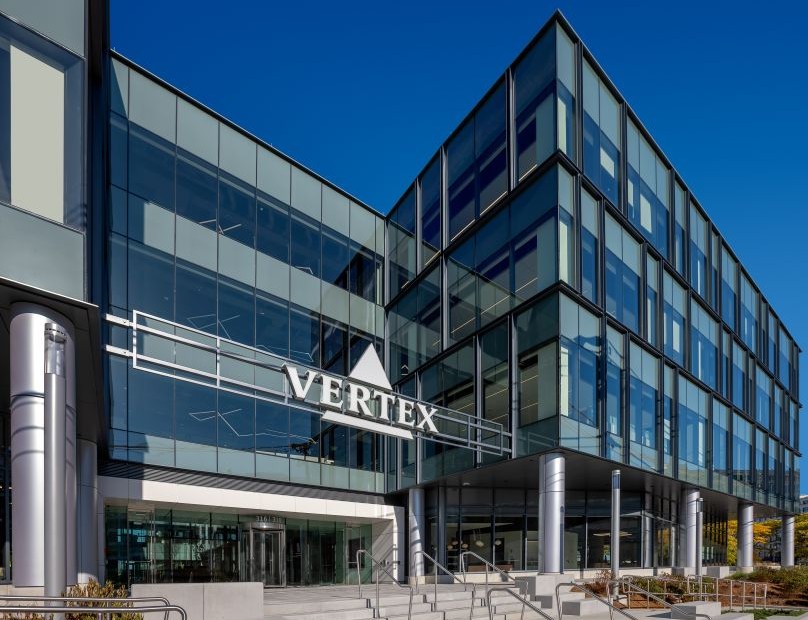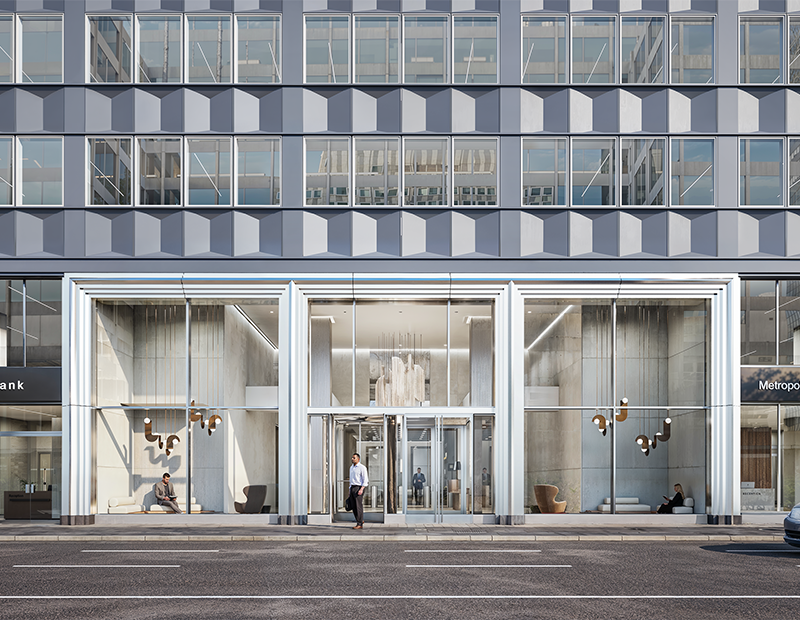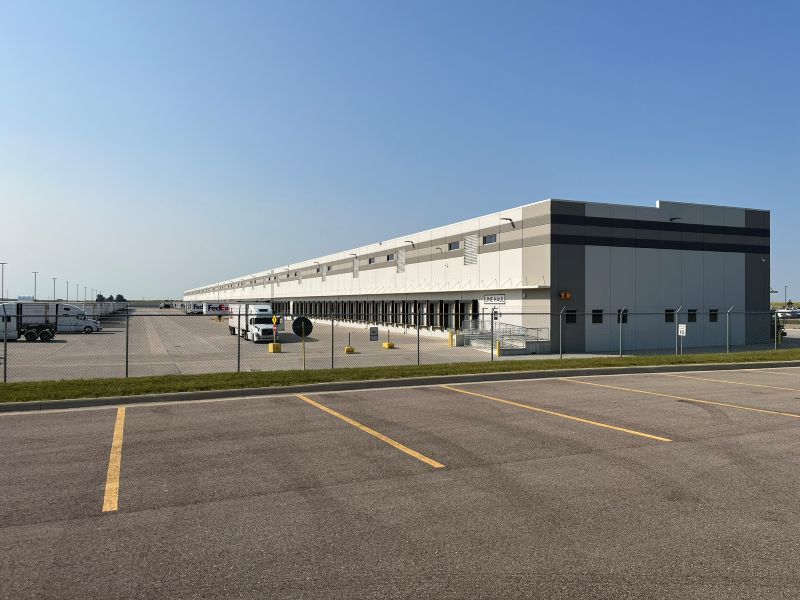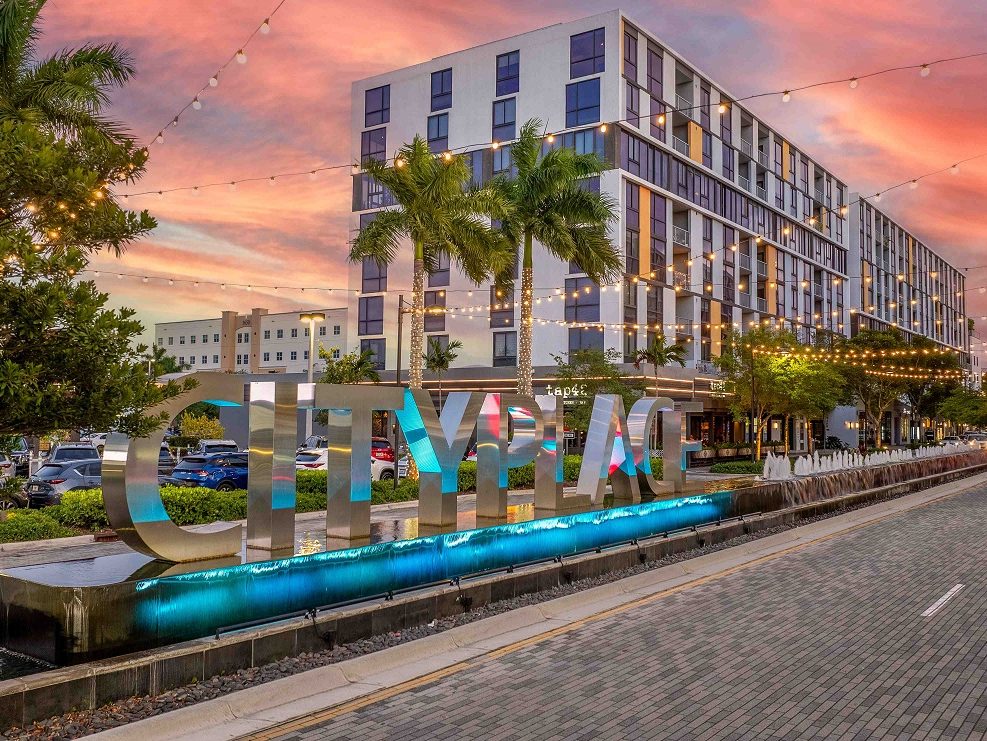Getting Into the Heads of Life Science Clients
Demand is robust, but fulfilling the requirements of these tenants is no easy assignment.
Over the past seven years, life science companies have been hiring at an exponential rate, creating both opportunity and unique challenges for commercial real estate brokers who want to succeed in this burgeoning practice area.
“If you look at the major economic downturns, the cycle in life sciences doesn’t necessarily match that,” Matt Gardner, head of Life Sciences, Americas at CBRE, told Commercial Property Executive. “It is different than the general economic cycle. The funding mechanisms are different and product cycles take longer.”
Growth has slowed some since the peak influx of capital in 2021. But life science tenant requirements are highly specific in terms of location and fit out requirements, making it difficult for tenants to find existing space. Meanwhile, the lab/R&D vacancy rate in the first quarter of 2023 in key markets was 6.7 percent, according to CBRE.
Where do life science tenants want to locate?
Life science hubs today are still thriving around where they historically started, in areas such as south San Francisco and Cambridge, Mass., and they are also growing rapidly in Philadelphia, Washington D.C., Seattle, Research Triangle Park, N.C., San Diego and New York City.
“What they have in common, these major life science centers, is roots in the startup culture that comes from university-based startups,” said Gardner. “You get 10 or 20 life science companies at a time. That is the environment they look for, first and foremost.”
Cambridge and San Francisco remain the preferred Tier 1 locations for these companies, Haber said. But rising tenant costs and the lack of housing affordability in some markets make other cluster locations interesting as well.
“Cities like Philadelphia offer an attractive alternate to occupancy costs and access to housing along with a steady pool of talent exiting the local universities,” said Joshua Haber, senior vice president and partner at Binswanger. “Philadelphia sits conveniently along the Washington, D.C., to Boston life science corridor.”
Still, the competition for talent often trumps costs, making the flight to quality about people rather than amenities. “In the life science sector, a real estate strategy is really a talent strategy,” explained Gardner.
What do life science tenants need in their spaces?
Typically, life science companies round off their real estate needs at around 50 percent office space and 50 percent lab space, said Gardner. This proportion can vary, however, depending on the size of the company and the products it develops. For example, smaller companies often have a much higher lab-to-office space ratio because their administrative staffs are smaller.
Regardless of the ratio, must-haves for life-science tenant spaces, according to Gardner, include: backup power, higher floor-to-ceiling heights (around 16 feet) to allow for air handling systems, highly efficient air and water purification systems, and proper infrastructure. Since life science companies are located in clusters, several companies will often share a facility with bigger ticket equipment items as a centralized resource.
“For lab space, companies tend to look for lab communities where staff can engage with peers, participate in lectures and science-based collaborations,” said Haber. “It’s also important to have close access to amenities for fitness, restaurants and quality day care.
Why is there so much development?
The specificity of life science space and strong growth has led to a generational building boom in the sector while production has slowed in other property types. In the first quarter, according to CBRE, 40-plus million square feet of new lab/R&D was under construction in the top 13 life science markets. Twenty-five percent of that is preleased, and 18 million square feet will be delivered this year. According to Gardner, around 20 percent of the leasable lab square footage on the market now is new.
“Life science companies tend to play the long game and are less influenced by near-term changing economic conditions than other industries,” observed Haber. “Increased investments in therapeutic areas such as vaccines, oncology and cell and gene therapy continue to rise to meet demand.”
The lab/R&D vacancy rate has inched up some 130 basis points since the fourth quarter of 2022, but that is still below the pre-2021 historical average range of 7 to 8 percent, according to CBRE.








You must be logged in to post a comment.